Join us for an insightful lecture by Professor Zhongfan Liu, Boya Chair Professor at Peking University and President of the Beijing Graphene Institute (BGI). Professor Liu will discuss how BGI is rapidly becoming a global leader in graphene materials, with innovations like graphene-skinned glass fibers, single crystal graphene wafers, and more!
Tag: Advanced Materials
U.S. Department of Energy Announces $61 Million for Small Business Research and Development Grants
The U.S. Department of Energy (DOE) today announced awards totaling $61 million for small businesses in 17 states. The 50 projects funded by DOE’s Office of Science include the development of advanced scientific instruments, advanced materials, and clean energy conversion and storage technologies that will conduct climate research and advance the Biden-Harris Administration’s goal of a net-zero emissions economy.
New superalloy could cut carbon emissions from power plants
Researchers from Sandia National Laboratories have shown that a new 3D-printed superalloy could help power plants generate more electricity while producing less carbon.
First-of-its-kind instrument officially ushers in new era of X-ray science
Arizona State University has officially begun a new chapter in X-ray science with a newly commissioned, first-of-its-kind instrument that will help scientists see deeper into matter and living things. The device, called the compact X-ray light source (CXLS), marked a major milestone in its operations as ASU scientists generated its first X-rays on the night of Feb. 2.
Idaho technology changing outlook of advanced materials development
On their way to market, technologies often reach what is called the “valley of death,” the point where a researcher or institution has developed a promising idea, has received funding through grants, and then runs out of cash to move the idea beyond the laboratory.
Advanced Matter and Materials the theme at the 3rd HK Tech Forum at CityU
Eminent scholars from academia to industry gathered at the HK Tech Forum on Advanced Matter and Materials, hosted by the Hong Kong Institute for Advanced Study (HKIAS) at City University of Hong Kong (CityU) from 19 to 20 September, to share their findings and explore approaches in the development of advanced materials.
Biochemistry: Peptide “Fingerprint” Enables Earlier Diagnosis of Alzheimer’s Disease
Neurodegenerative diseases like Alzheimer’s disease or Parkinson’s disease are caused by folding errors (misfolding) in proteins or peptides, i.e. by changes in their spatial structure. This is the result of minute deviations in the chemical composition of the biomolecules. Researchers at the Karlsruhe Institute of Technology (KIT) have developed a simple and effective method for detecting such misfolding at an early stage of the disease. Misfolding is revealed by the structure of dried residue from protein and peptide solutions.
LLNL, other Bay Area labs to host webinar about business partnerships, the future of semiconductors
Lawrence Livermore National Laboratory and its three partner national labs in the Bay Area Lab Innovation Networking Center (LINC) will offer a webinar about the future of semiconductors and advanced materials on Wednesday, Aug. 25.
Michael S. Arnold: Then and Now / 2011 Early Career Award Winner
Supported by his Early Career Research Program Award, University of Wisconsin – Madison professor Michael S. Arnold found new ways to make graphene nanostructures with smooth edges. This technology will enable next-generation energy and electronics applications.
Saving Lives: India’s Technical Textile Revolution Paved Way for COVID-19 Response
To help the field grow, Seshadri Ramkumar – now a professor of advanced materials – has partnered with the Indian government and technical textiles organizations around the world to host conferences in India since the early 2000s.
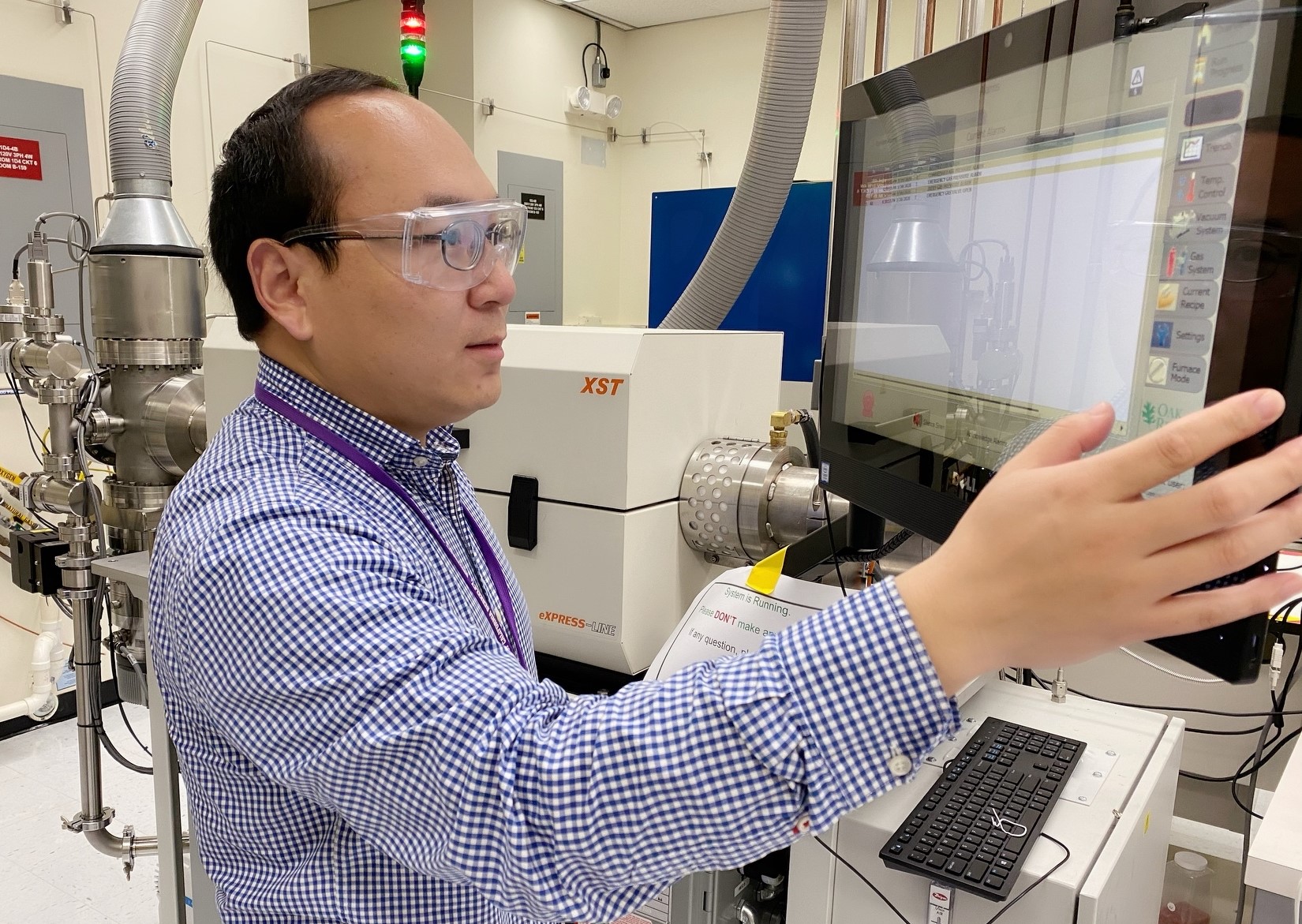
Fast fabrication: ORNL develops, produces metal hydride for moderator in 3D-printed reactor
Researchers thought yttrium hydride would be an ideal moderator for the new Transformational Challenge Reactor, but no one had yet figured out how to produce the large, crack-free pieces needed. An ORNL scientist developed a process and invented a machine to do that.

Novel 3D-printed device demonstrates enhanced capture of carbon dioxide emissions
The Department of Energy’s Oak Ridge National Laboratory researchers have designed and additively manufactured a first-of-its-kind aluminum device that enhances the capture of carbon dioxide emitted from fossil fuel plants and other industrial processes.
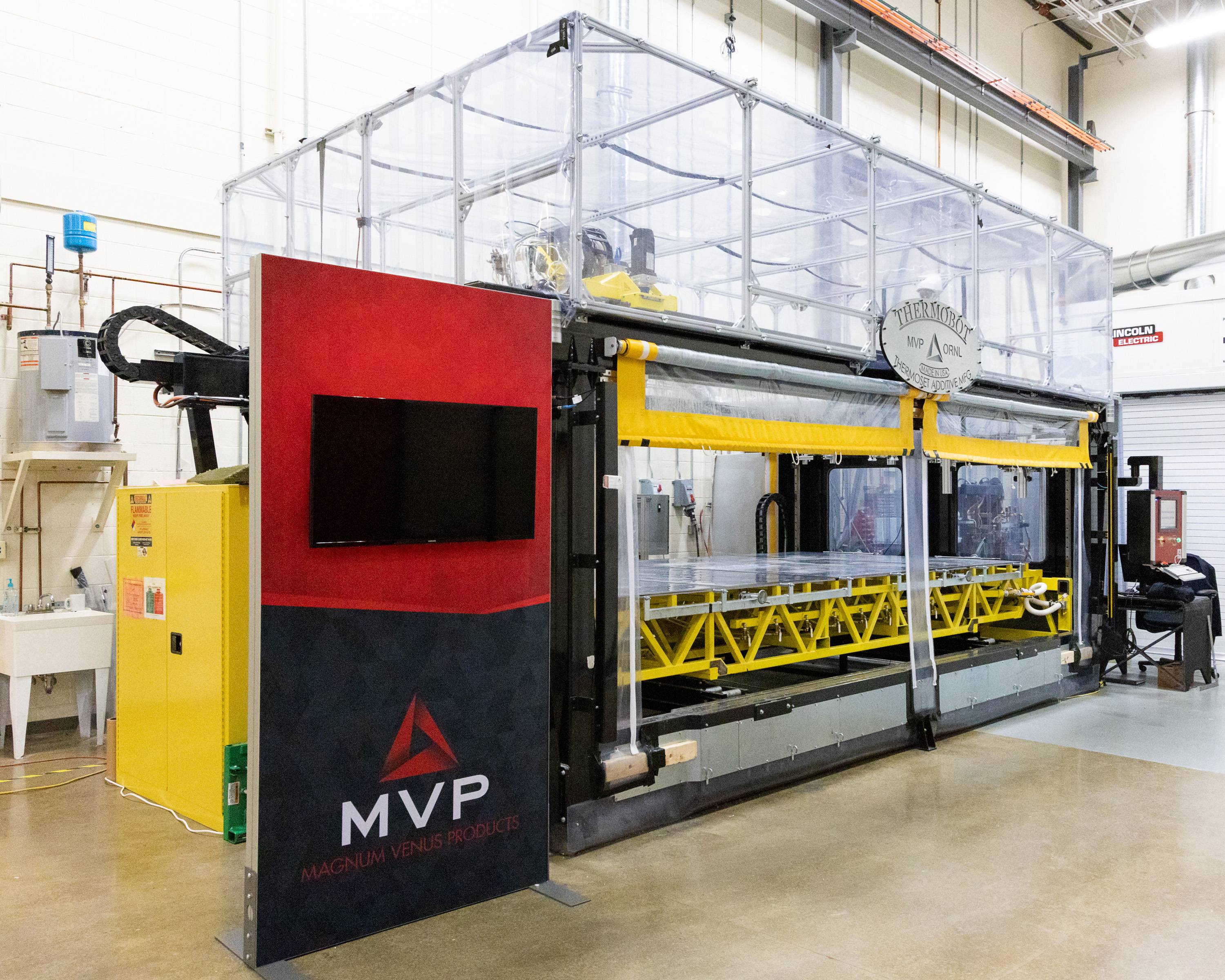
Magnum Venus Products licenses ORNL co-developed additive manufacturing technologies
The Department of Energy’s Oak Ridge National Laboratory has licensed two additive manufacturing-related technologies that aim to streamline and ramp up production processes to Knoxville-based Magnum Venus Products, Inc., a global manufacturer of fluid movement and product solutions for industrial applications in composites and adhesives.
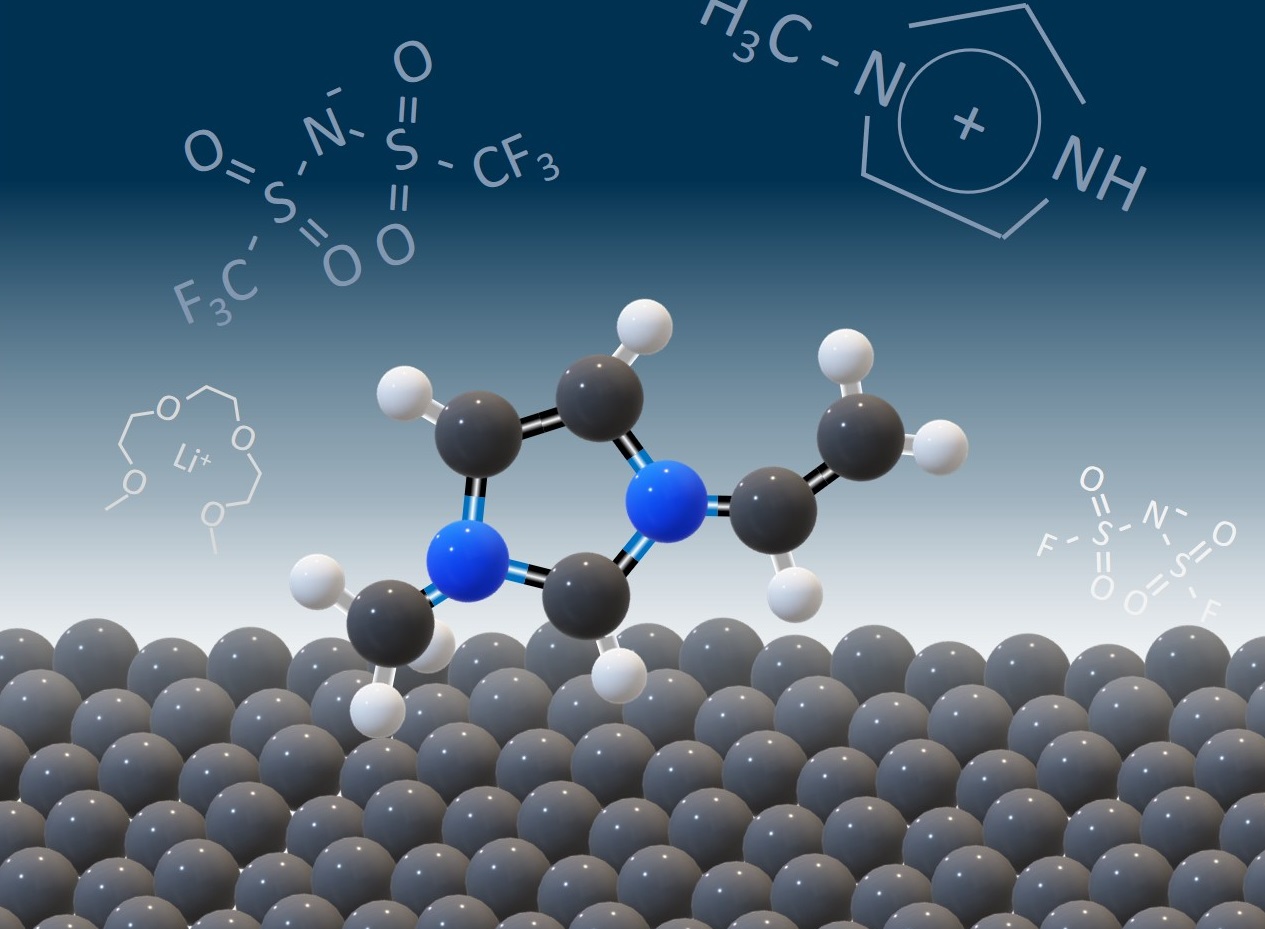
Safer, longer-lasting energy storage requires focus on interface of advanced materials
More studies at the interface of battery materials, along with increased knowledge of the processes at work, are unleashing a surge of knowledge needed to more quickly address the demand for longer-lasting portable electronics, electric vehicles and stationary energy storage for the electric grid.

ReCell Center could save costly nickel and cobalt, transform battery recycling worldwide
Argonne’s ReCell Center has already made pivotal discoveries as scientists create and test new recycling processes and battery designs. These discoveries will help grow a globally competitive U.S. recycling industry.
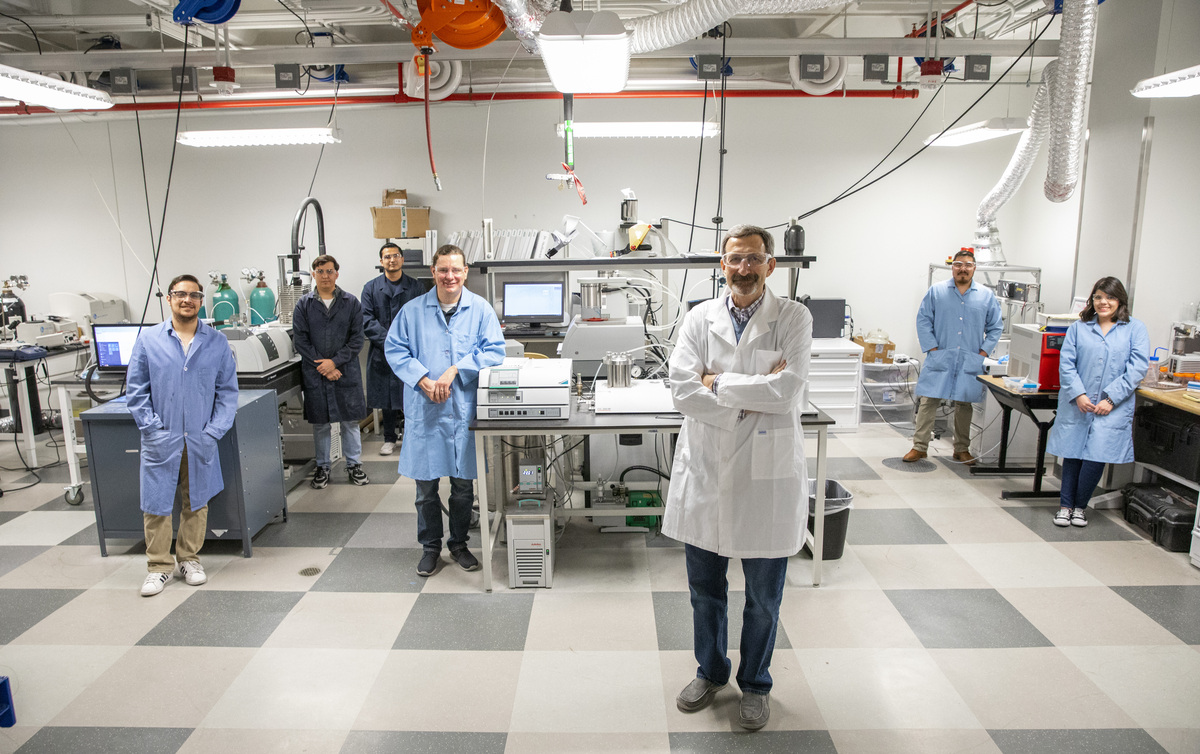
UTEP Mechanical Engineering Professor Awarded $550K to Help NASA Develop Early Stage Innovations
A mechanical engineering professor from The University of Texas at El Paso will lend his expertise to early-stage space exploration technology research through a $550,000 grant from NASA to investigate the viability of power sources in the extreme temperatures of space.
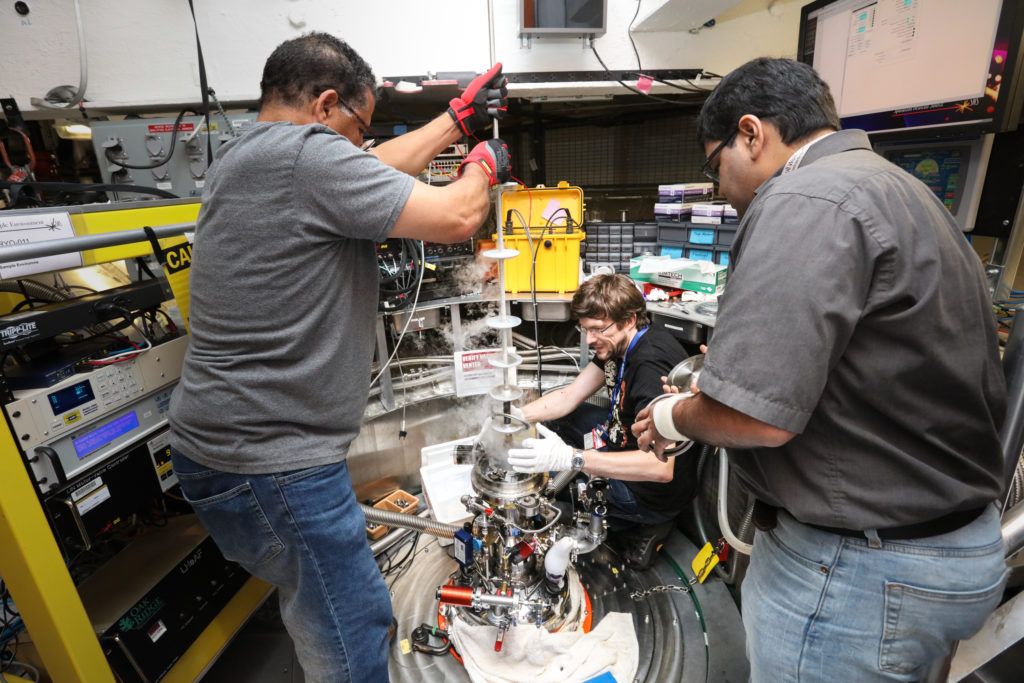
Neutrons “break the ice” for exploring fundamental physics in frozen water
Scientists from Xavier University and Oak Ridge National Laboratory used neutrons to explore the atomic structure of ice, which sometimes features mysterious molecular anomalies in its otherwise crystalline structure. Learning more about these ionic defects could help researchers learn more about similar inconsistencies found in other materials.
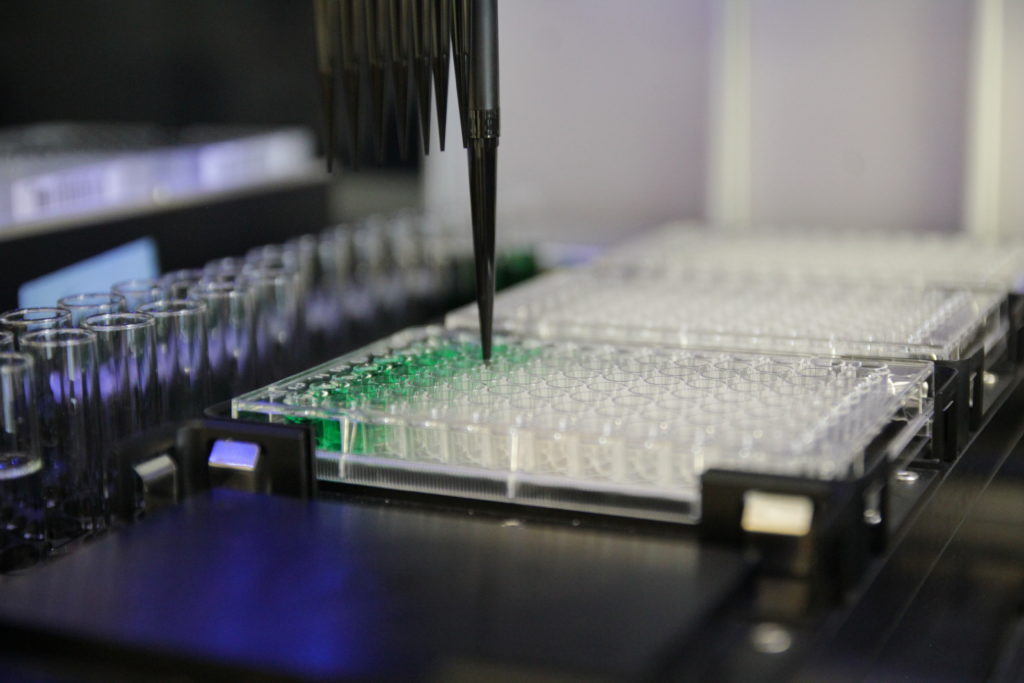
A Robot and Software Make it Easier to Create Advanced Materials
A Rutgers-led team of engineers has developed an automated way to produce polymers, making it much easier to create advanced materials aimed at improving human health. The innovation is a critical step in pushing the limits for researchers who want to explore large libraries of polymers, including plastics and fibers, for chemical and biological applications such as drugs and regenerative medicine through tissue engineering.
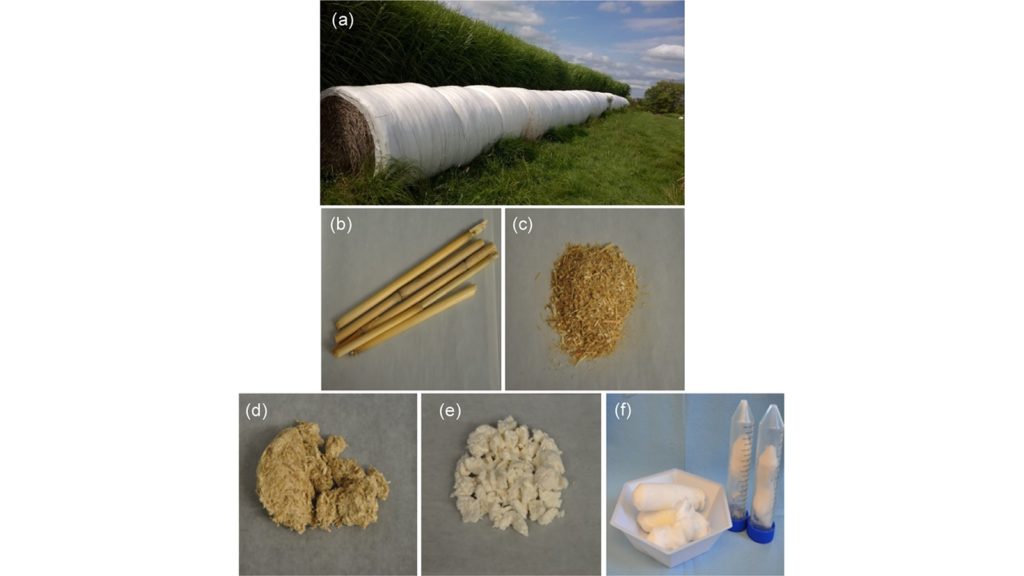
Research effort by Argonne National Laboratory and the University of Chicago results in R&D 100 Award
A joint effort by the U.S. Department of Energy’s Argonne National Laboratory and the University of Chicago has led to a prestigious R&D 100 Award and is expected to bring an innovation closer to market so it ultimately can be used in many industrial applications.

A new way to generate solar steam for cleaning water and reducing waste
At the U.S. Department of Energy’s Argonne National Laboratory, researchers are exploring affordable materials that could absorb the sunlight necessary to evaporate water and recapture it, leaving contaminants behind.